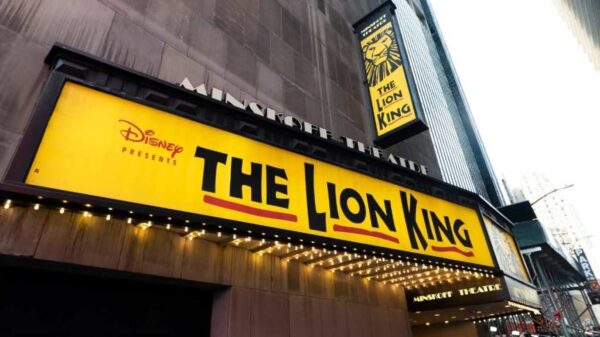The Honda Element, a distinctive crossover launched in 2003, was designed to attract adventurous young buyers with its unique styling and versatile interior. Despite its innovative features, Honda discontinued the model in 2011 due to disappointing sales and a shift in its target demographic.
The Element stood out with its blocky design, rear-hinged doors, and a customizable interior that offered up to 64 different configurations. Honda aimed to appeal to “young, active buyers,” as articulated by Tom Elliott, then-American Honda executive vice president. He emphasized the need for a vehicle catering to a new generation of consumers seeking versatility for activities like surfing and snowboarding.
However, the Element’s pricing proved to be a significant barrier. Launched with a manufacturer’s suggested retail price (MSRP) of $16,100—equivalent to over $28,000 in 2025—the vehicle became unaffordable for many of the youthful buyers it intended to attract. Instead of engaging a younger audience, the Element garnered interest from a much older demographic. Data from Autoweek revealed that the average age of an Element owner was 41, far removed from the target market of twenty-somethings.
In its early years, the Element managed to achieve sales of over 50,000 units annually, but it fell short of the 75,000 units projected by Honda executives. Sales began to decline from 2007 onward, with figures dropping to 35,000 in 2007, 26,000 in 2008, and as low as 11,000 in 2011. This downward trend prompted Honda to discontinue the Element despite a significant facelift in 2009 aiming to rejuvenate interest.
Despite its early struggles, the Honda Element has seen a resurgence in popularity, becoming a modern classic by 2025. Enthusiasts now appreciate its versatility and practicality, with some models commanding prices upwards of $40,000. This revival highlights a growing market for vehicles that dare to be different, shedding light on the Element’s unique place in automotive history.
In retrospect, the Honda Element serves as a case study in automotive marketing and consumer preferences. While it may not have succeeded in its original mission to attract a youthful audience, its enduring appeal speaks to the changing tastes of car buyers and the value of innovation in design.







































































